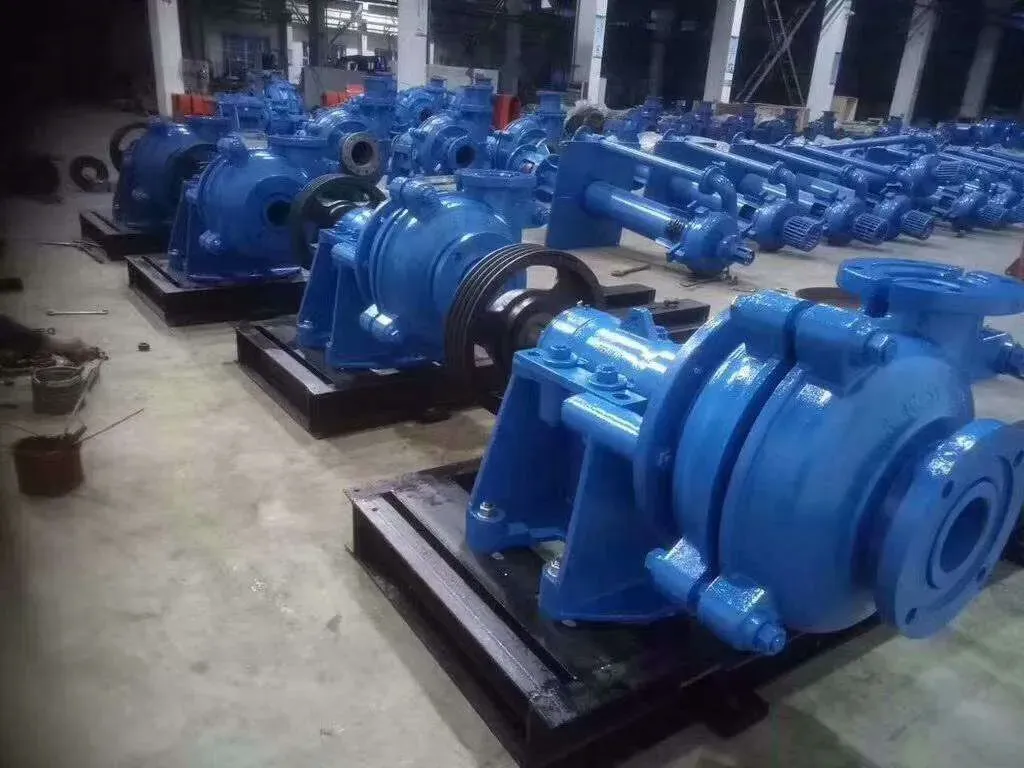Pashto
- Afrikaans
- Albanian
- Amharic
- Arabic
- Armenian
- Azerbaijani
- Basque
- Belarusian
- Bengali
- Bosnian
- Bulgarian
- Catalan
- Cebuano
- Corsican
- Croatian
- Czech
- Danish
- Dutch
- English
- Esperanto
- Estonian
- Finnish
- French
- Frisian
- Galician
- Georgian
- German
- Greek
- Gujarati
- Haitian Creole
- hausa
- hawaiian
- Hebrew
- Hindi
- Miao
- Hungarian
- Icelandic
- igbo
- Indonesian
- irish
- Italian
- Japanese
- Javanese
- Kannada
- kazakh
- Khmer
- Rwandese
- Korean
- Kurdish
- Kyrgyz
- Lao
- Latin
- Latvian
- Lithuanian
- Luxembourgish
- Macedonian
- Malgashi
- Malay
- Malayalam
- Maltese
- Maori
- Marathi
- Mongolian
- Myanmar
- Nepali
- Norwegian
- Norwegian
- Occitan
- Pashto
- Persian
- Polish
- Portuguese
- Punjabi
- Romanian
- Russian
- Samoan
- Scottish Gaelic
- Serbian
- Sesotho
- Shona
- Sindhi
- Sinhala
- Slovak
- Slovenian
- Somali
- Spanish
- Sundanese
- Swahili
- Swedish
- Tagalog
- Tajik
- Tamil
- Tatar
- Telugu
- Thai
- Turkish
- Turkmen
- Ukrainian
- Urdu
- Uighur
- Uzbek
- Vietnamese
- Welsh
- Bantu
- Yiddish
- Yoruba
- Zulu
Telephone: +86 13120555503
Email: frank@cypump.com
Sep . 01, 2024 05:59 Back to list
High-Quality Vertical Slurry Pumps | Durable & Efficient Casting Slurry Pump Parts
Understanding Vertical Slurry Pumps and Their Casting Components
Vertical slurry pumps play a crucial role in the mining, mineral processing, and construction industries. These pumps are designed to transport abrasive and viscous materials, especially slurries, which consist of solid particles suspended in a liquid. A key aspect of these pumps is their construction and the materials used in their components, particularly the casting parts, which must withstand harsh operating conditions.
The Importance of Casting in Slurry Pump Parts
Casting is a manufacturing process in which molten metal is poured into a mold and allowed to solidify, forming a specific shape. In the context of vertical slurry pumps, casting is essential for producing robust components that can handle the wear and tear associated with slurry transport. Common materials used in the casting of slurry pump parts include high-chrome iron, stainless steel, and various alloys tailored for specific applications.
These materials are chosen for their durability and resistance to erosion and corrosion, which are critical attributes considering the abrasive nature of slurries. High-chrome iron, for instance, can significantly increase the lifespan of pump components, reducing maintenance costs and downtime.
Key Components of Vertical Slurry Pumps
Vertical slurry pumps consist of several critical parts, all of which can benefit from advanced casting techniques
1. Pump Housing The outer casing of the pump that provides structural integrity and houses the internal components. The casting process ensures a rigid and durable design, protecting against impacts and wear.
casting slurry pump part - vertical slurry pump

2. Impeller The heart of the pump, responsible for moving the slurry. It is often cast from high-chrome alloys to enhance its abrasion resistance, ensuring efficient pumping over time.
3. Suction and Discharge Liners These components guide the slurry into and out of the pump. They are typically replaceable and are also made from wear-resistant materials through casting processes.
4. Shaft It transmits rotational energy from the motor to the impeller. The shaft must be strong and resistant to bending and wear, making the choice of material and casting method critical to its performance.
The Benefits of Vertical Design
The vertical orientation of slurry pumps allows for efficient operation, especially in applications where space is limited. Additionally, vertical pumps can effectively handle large volumes of slurry without needing extensive foundation work. This design minimizes the footprint and facilitates easier maintenance access.
Conclusion
Vertical slurry pumps, with their robust casting components, are indispensable in industries handling challenging substances. The advancement in casting technologies has significantly enhanced the performance and durability of these pumps, making them a reliable choice for transporting slurries. By selecting the right materials and manufacturing processes, industries can significantly reduce downtime and maintenance costs, increasing overall operational efficiency. As the demand for efficient slurry handling continues to grow, the role of casting in vertical slurry pump parts will remain a focal point for innovation and improvement.
-
Custom Drilling Mud and Slurry Pump Supplier - High Efficiency, Tailored Solutions
NewsJun.10,2025
-
Supply Vertical Submersible Sewage Pump High-Efficiency WQ/QW Pumps Supplier
NewsJun.10,2025
-
Premium Sewage Ejection System & Pumps Efficient Waste Removal
NewsJun.09,2025
-
Premium Wholesale Slurry Pump Impellers Durable & Efficient Slurry Handling
NewsJun.09,2025
-
Top Sewage Pump Companies Durable Industrial Solutions for Efficiency
NewsJun.09,2025
-
Heavy Duty Slurry Pumps - OEM High Performance & Bulk Wholesale
NewsJun.09,2025










